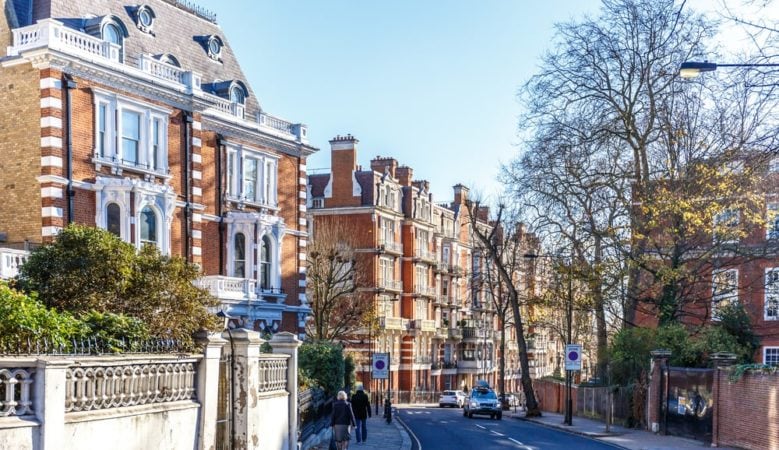Rents expected to stay steady in London’s prime lettings markets

An increase in supply and demand looks likely to keep rental values in the prime property markets in London in check during 2019, according to the latest analysis report.
Overall, demand in the prime London lettings market strengthened notably over the first six months of the year, the London residential review from international real estate firm Knight Frank shows.
The number of new prospective tenants registering in the second quarter of 2019 rose by 47% compared to the same period last year, the highest year on year increase in more than 10 years while over the first half of the year, the increase was 34%.
‘The reasons for the increase include the unpredictable political backdrop, which means some buyers have opted to rent in the short term. The other factor that explains the rise is the tenant fee ban, which was introduced in June and reduces upfront costs for tenants,’ said Tom Bill, head of London residential research at Knight Frank.
He pointed out that viewings in the first six months of the year rose by 10% compared to last year, while the number of tenancies agreed was up by a quarter. Despite this growing demand, rental values in prime central London have been flat over the last year.
The figures from the report show that the average rents in the prime central London market fell by 0.5% in the year to June, which followed 12 months of annual rises that peaked at 1.4% in February. There was a similarly stable picture in prime outer London, where annual rental value growth was broadly flat in the first half of 2019.
The reason rental value growth has been kept in check is rising supply of homes to let, particularly in higher value brackets, according to Bill. While the overall number of new listings in prime central London and prime outer London was down 5% and 8% respectively in the year to June, in prime central London the number of newly listed properties with an asking rent above £1,000 per week rose 11%. The increase was 16% above £2,000 per week.
‘While some landlords initially listed their property for sale in response to tax changes, a number have returned to the lettings market after failing to achieve the asking price, a trend that is more marked in higher price brackets because vendors are typically more discretionary,’ Bill explained.
‘This trend has also been observed in the super prime £5,000 plus a week bracket. Along with political uncertainty, this increase in availability has driven the number of tenancies to 151 over in the year to June 2019, the highest figure for a 12 month period in more than six years,’ he said.
The report also reveals that there has been a rise in the number of film related enquiries for short lets received by Knight Frank in the year to May 2019 compared to the previous 12 month period. The reasons for the rise include British film industry tax breaks and the weaker pound. In addition to rising number of enquiries, the average weekly budget for searches increased by 15% to £2,745.
‘The uptick in demand has been matched by the fact more and more owners are open to the idea of renting out their property on a short term basis rather than leave it unoccupied,’ said Stevie Walmesley, head of luxury short lets at Knight Frank, adding that demand is strong across a number of different price brackets for production staff, crew and the actors, which means weekly rents can range from £750 to upwards of £30,000.
The Notting Hill and Holland Park neighbourhood of London remained the most in-demand area for film industry requests, accounting for 18% of all film and television related enquiries. That was followed by Hampstead, Belsize Park and Richmond at 9%, followed by Kensington at 8%.




